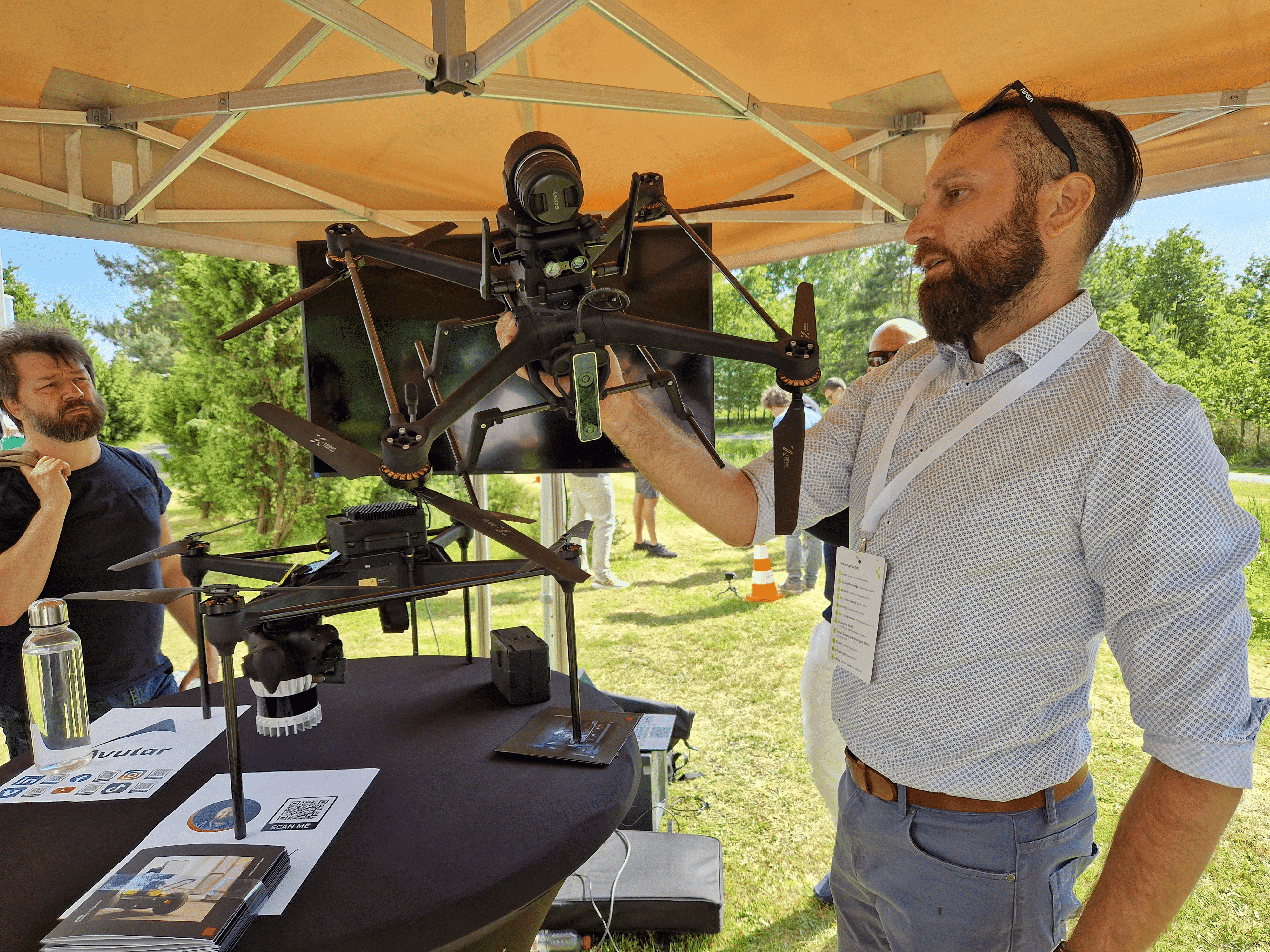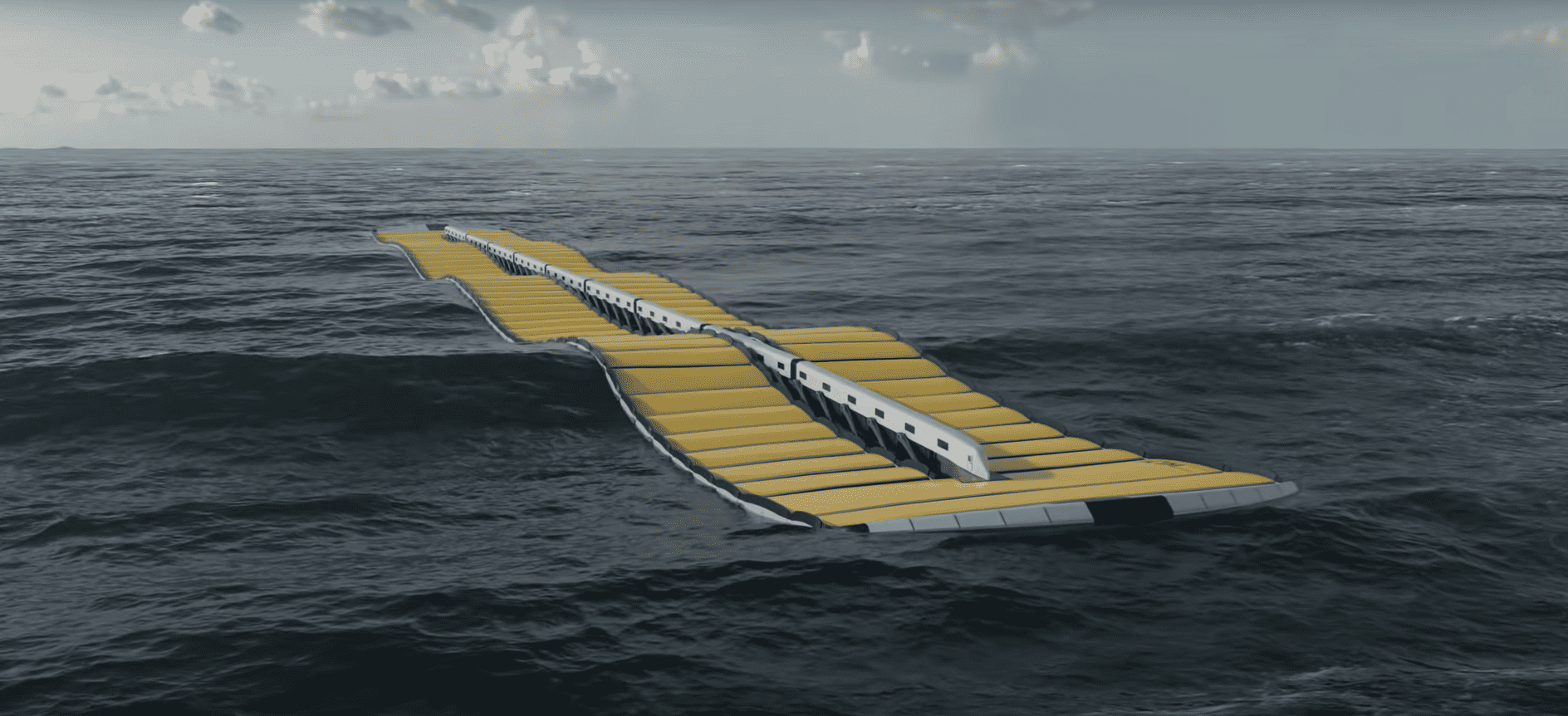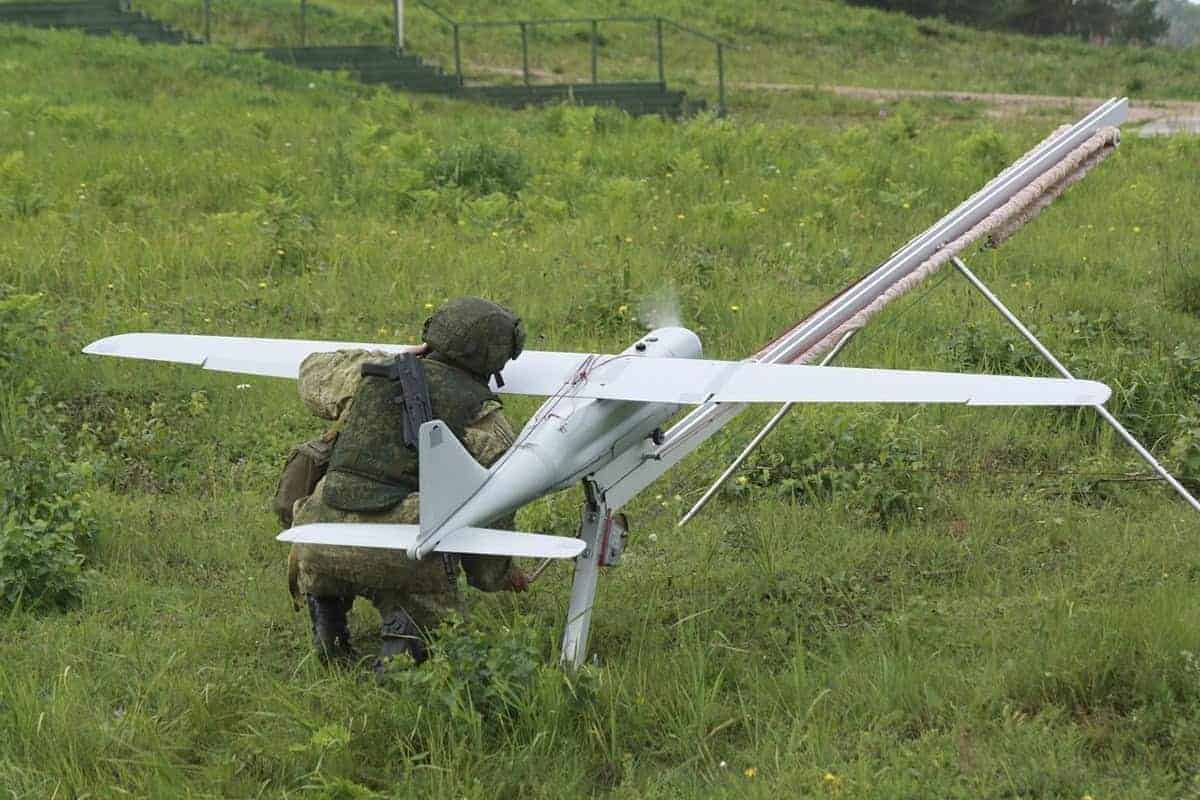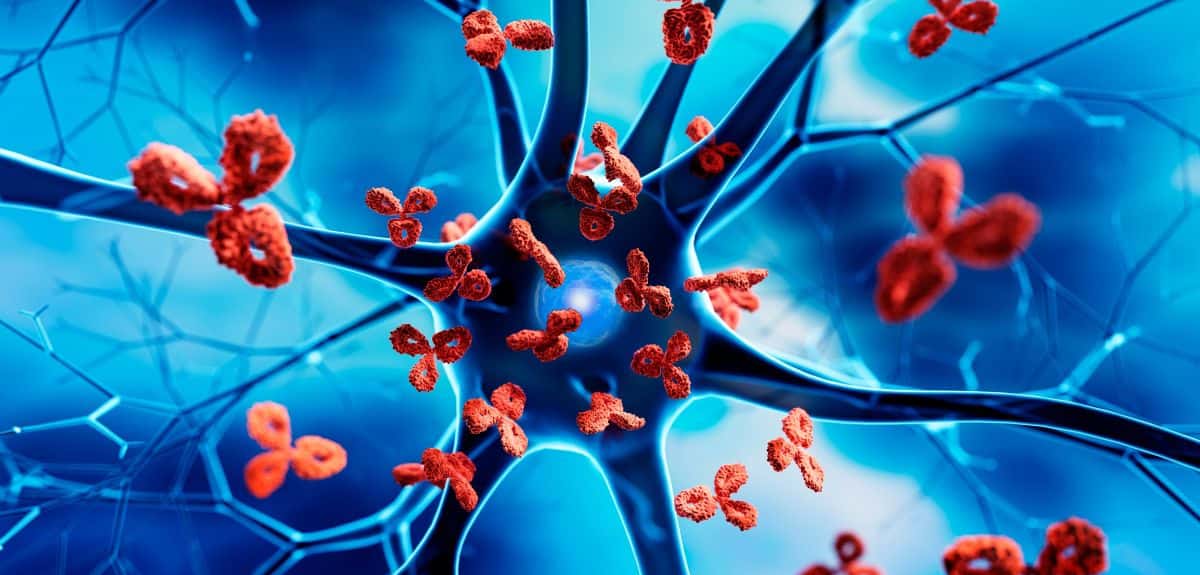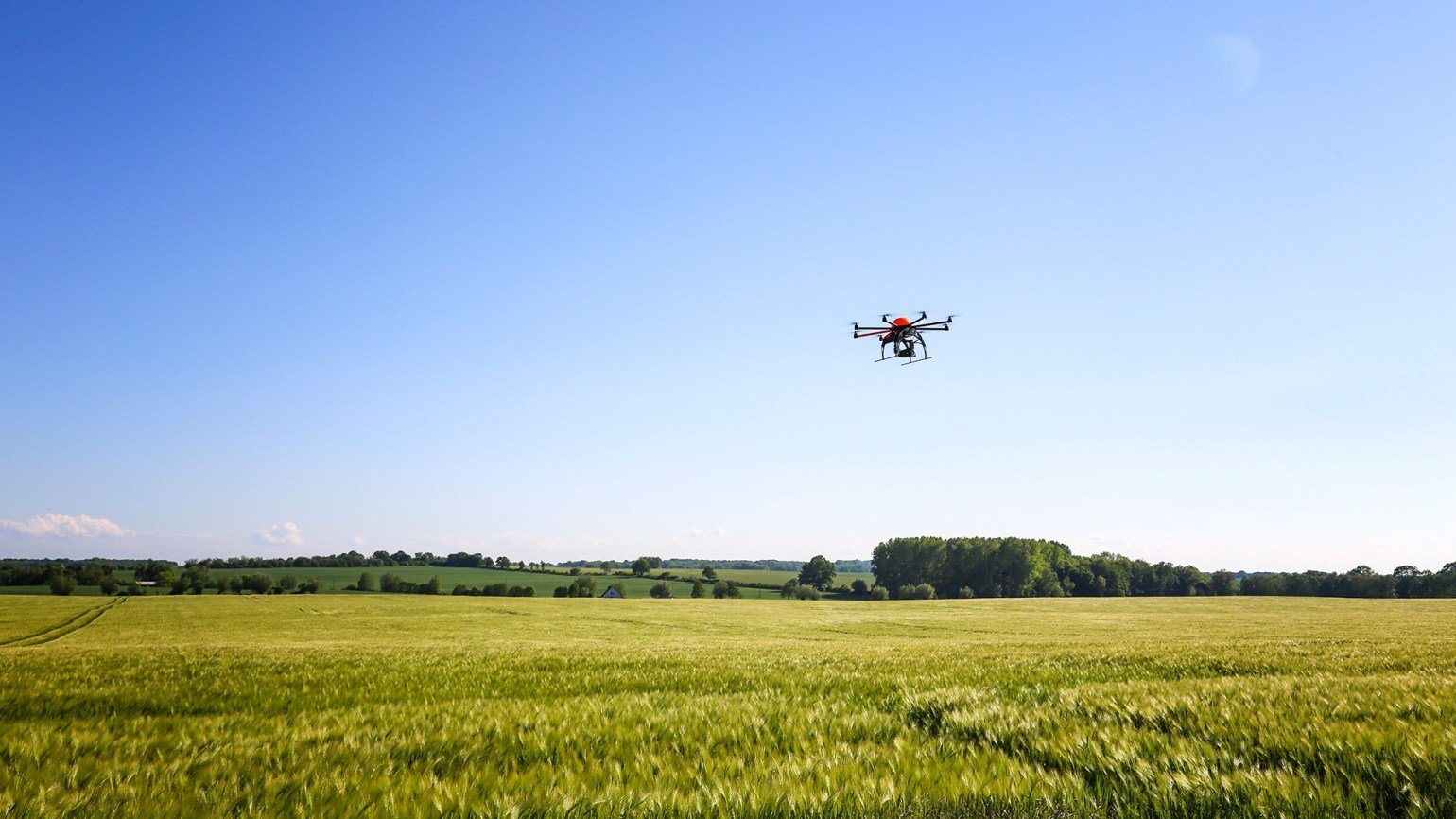
While some might not have expected it, no-one can deny that drones have risen to levels of practical application that have made them one of the most important technological revolutions in the past two decades. Drones are becoming such an important part of so many industries that now some are even building airports built solely for drones. But how, exactly, are industries using these remotely piloted flying machines and what industries are they playing a key role in? Let’s take a look at a few examples of where drones have found the ability to shine.
Responding to the pandemic
One of the forces that have affected every individual, business, and market over the past year has been the spread of the COVID-19 pandemic. To highlight how new technologies have been instrumental in helping us both combat the virus itself as well as the wider effects that it can have on society, drones have been used for a wide range of measures, including spraying disinfectant in public outdoor spaces, which several countries have done in an attempt to prevent the spread of the virus by eliminating contact spread. Drones have also played a crucial part in delivering medical commodities to the communities that need them, especially when they need to get to remote locations.
Delivering goods
Drone flights for the purposes of delivery are becoming much more common than just being restrained to the medical field. Though their uses are dependent on location, with high-density areas like cities more likely to benefit from them, drone deliveries are being used much more widely by e-commerce companies to cut delivery times down from days to hours and sometimes less. While not yet strictly legal in many countries, there are also pushes to create fully autonomous drone delivery systems that might take the risk of human error out of the equation almost entirely, creating more efficient and streamlined delivery services than have ever been possible before.
Inspections and surveying
All manners of properties, from homes to manufacturing plants and beyond, all require inspections for various reasons. This can include inspecting high and hard-to-reach places for signs of wear, tear, and damage, such as roofs. Drones can be flown up to these areas with much less trouble than people are able to climb up there and, equipped with high-fidelity cameras, can capture video or photo evidence of any damage or lack thereof, such as how ForceTechnology.com shows drone operators using them to inspect wind turbines. Furthermore, drones can be used to explore remote locations, since they can go further than people can by foot in a lot less time, making them more accessible.
Real estate photography
There are plenty of commercial uses for drones to help take photographs that are designed for a wider consumer market, as well, of course. Drone photography can be used in real estate of all kinds, whether it’s selling individual homes with a more complete perspective of the property or overlooking a property development site with the best possible imagery to sell the benefits of the surrounding environment and the architecture of the building themselves. Sites like DrDrone.ca can help photographers find the drones that can both reach the heights they need and take the quality of images that they need. Effectively, drones can be used to take product photography for products that are normally much too large to place on a staging set.
Responding to emergencies
Emergency response units such as firefighters, emergency health services, search and rescue, and the coastguard have all been trying out drone applications in the field for a variety of rapid response situations. A better perspective of a dangerous situation can help the people on the ground approach it in the safest manner possible. In the case of lost individuals, having eyes in the sky at various heights can also help locate people more quickly. DroneLife.com covers a story showing that some drone manufacturers are even starting to build drones that are more tolerant to dangerous conditions, such as being more collision-tolerant, to help them better navigate situations where they need to get closer to the ground and subject to help effectively.
In farming
The agricultural industry has already benefited from the wider use of drones in a variety of ways. For one, drones can be used to survey a wide area of land much more accessibly than by helicopter and much more quickly than doing it by land. So, one way that drones can help farmers is by helping them identify areas of the land that might need some attention or crops that are failing, allowing them to respond more quickly to issues that might affect their ability to meet production quotas. Drones have been used to map irrigation systems as well, as well as to deliver a wide range of products, such as fertilizer, water, and pesticides to ensure the healthy growth of crops, all more efficiently than doing it by hand or land vehicle.


